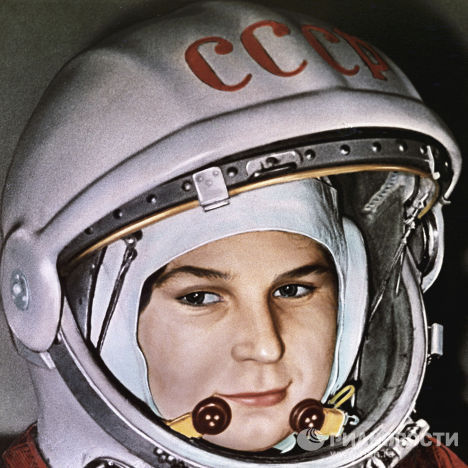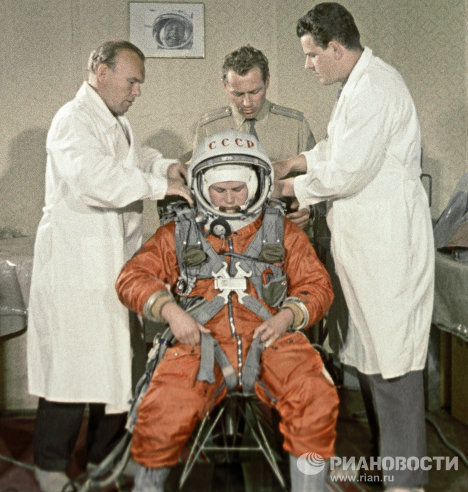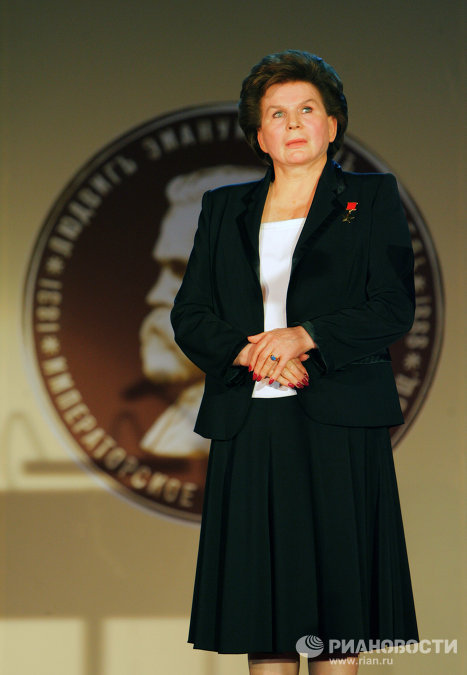Fallout from Chernobyl in Poland
It is not uncommon today to read, or hear that the effects of the Chernobyl accident “have been greatly exaggerated” and that “only” 31 people died immediately when the disaster occurred (particularly as people rushed to minimize the dangers posed by Japanese Reactors following the recent earthquakes).
Naturally, the former Soviet republics of Belarus and Ukraine come to mind quickly. But what about other countries?
Poland was the third country profoundly affected by Chernobyl.
It was a glorious late-spring time, sunny, warm, blue sky, light breeze. On Sunday evening, April 27th, the wind became very strong and changed direction. Many people had similar feelings of sleeping badly that night, waking several times and sweating. “It must be that hot eastern wind”, people commented.
The sister of the journalist, aged 40 at the time, a scientist in the field of fishery and hydrobiology, spent the day working on lakes in north-east Poland, about 40 miles from the former USSR border. On April 29th, the evening news on Polish TV was interrupted by a special communiqué from Moscow. “There was an accident in Ukraine nuclear power-station. “Shortage of tincture of iodine, all sold out” – a perplexed, tired looking lady chemist announced. (Iodine tablets did not exist in Poland).
My parents had a small bottle of iodine tincture at home. Ten million Polish children continued their normal school routine getting plenty of “fresh air” in their usual sport and outdoor exercise activities.
March 18th 2011 marked the 10th anniversary of her death.
(via The Irish Times)




